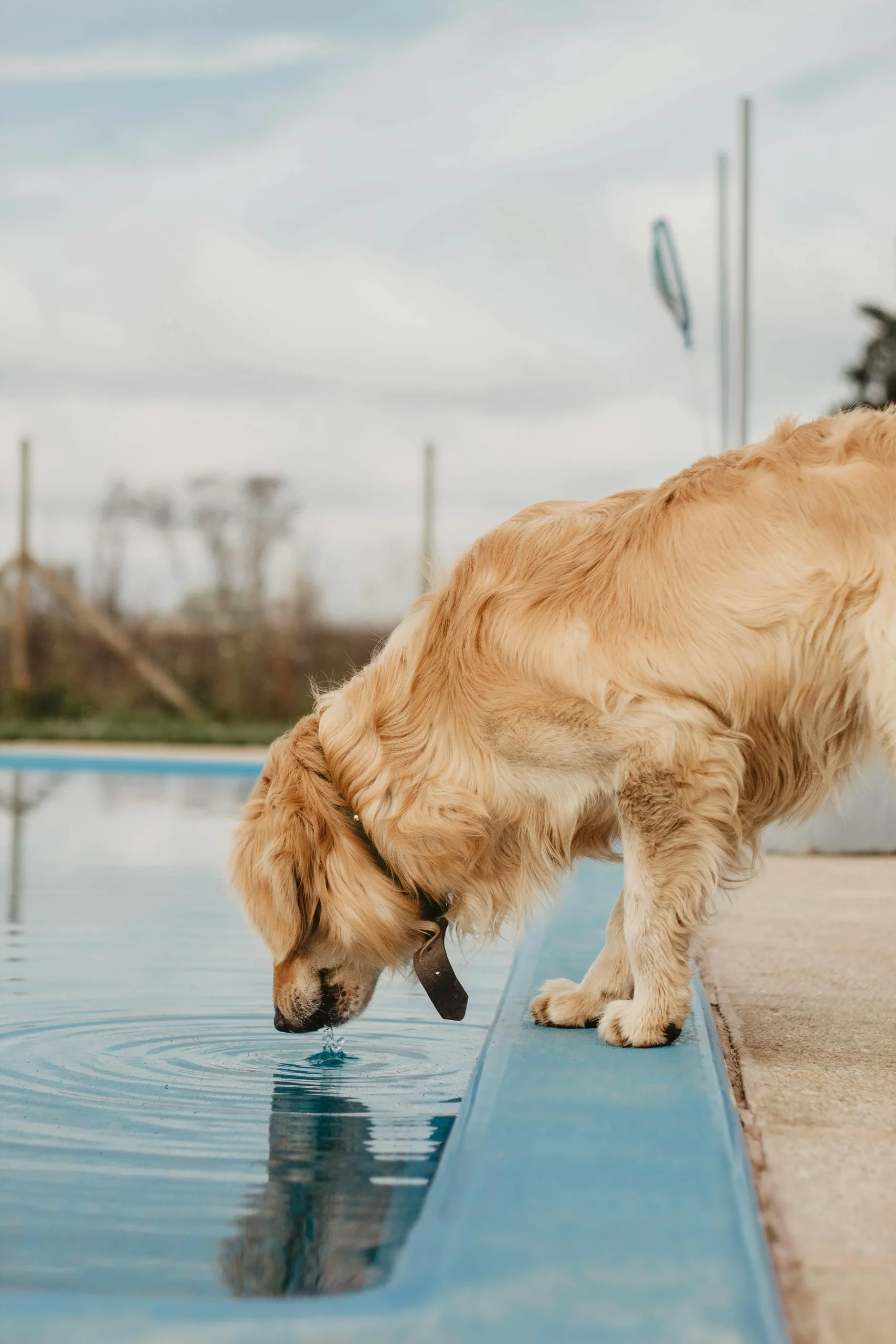Why is My Dog Drinking a Lot of Water? Understanding Increased Thirst in Canines
Has your furry friend become a water guzzler lately? While seeing your dog stay hydrated is a good thing, drinking a lot of water can bring some concerns. This excessive thirst, medically known as polydipsia, can have various explanations, ranging from simple causes to underlying medical conditions. Let’s delve into the reasons why your dog might be drinking a lot of water and what steps you can take to ensure their well-being.

Normal Water Consumption for Dogs
Before diving into potential causes, it’s important to understand how much water is normal for a dog. The exact amount can vary depending on several factors, including:
- Size and Breed: Larger dogs naturally require more water than smaller breeds.
- Activity Level: Active dogs burn more calories and lose fluids through sweat and panting, requiring them to drink more.
- Diet: Dogs on dry food diets tend to drink more water compared to those on a wet food diet which already contains moisture.
- Climate: Hot and humid weather increases water loss through panting, necessitating more water intake.
- Age: Puppies and nursing mothers may need more water due to their growth and milk production needs.
Generally, a healthy dog should consume around 1 ounce of water per pound of body weight daily. This translates to roughly 50 ounces (1.5 liters) for a 50-pound dog. However, this is just a guideline. Monitor your dog’s water intake and adjust as needed based on the factors mentioned above.
Common Reasons Why Your Dog Might Be Drinking a Lot of Water
If you notice your dog’s water consumption exceeding their usual intake for more than a day or two, it’s essential to investigate the cause. Here are some common explanations:
- Increased Activity or Exercise: During playtime or hot weather, your dog may naturally drink more water to replenish fluids lost through exertion and panting.
- Dietary Changes: Switching from wet food to dry food, or treats with high salt content, can lead to increased thirst.
- Boredom or Attention Seeking: Some dogs may drink excessively out of boredom or to seek attention.
Underlying Medical Conditions
While the above reasons are typically harmless, excessive thirst can sometimes be a sign of an underlying medical condition. Here are some possibilities:
- Diabetes Mellitus: This hormonal imbalance causes the body to lose fluids through excessive urination, leading to increased thirst.
- Kidney Disease: When kidneys struggle to filter waste products, it can lead to dehydration and increased thirst.
- Cushing’s Disease: This hormonal disorder can cause excessive thirst and urination, along with other symptoms like increased appetite and a pot-bellied appearance.
- Liver Disease: Liver problems can disrupt fluid balance and electrolyte levels, leading to increased thirst.
- Urinary Tract Infection (UTI): A UTI can irritate the bladder, causing a frequent urge to urinate and increased water consumption.
When to See a Veterinarian
If your dog’s excessive water consumption is accompanied by other symptoms like:
- Urinating more frequently, especially at night
- Loss of appetite or weight loss
- Vomiting or diarrhea
- Lethargy or weakness
- Dry mouth or sunken eyes
It’s crucial to schedule an appointment with your veterinarian. These symptoms, along with excessive thirst, can indicate a more serious underlying condition that requires diagnosis and treatment.
Monitoring Your Dog’s Water Intake
Here are some tips to help you monitor your dog’s water consumption:
- Fill the Water Bowl Regularly: Ensure fresh water is always available.
- Measure Water Intake: Fill the water bowl to a specific level and measure how much is consumed after a certain time frame.
- Observe Urination Frequency: Pay attention to how often your dog urinates and the volume of urine produced.
Strategies to Manage Excessive Water Consumption
If your veterinarian rules out any underlying medical conditions, here are some ways to manage your dog’s excessive thirst:
- Provide Plenty of Fresh Water: Always have fresh, cool water readily available.
- Adjust Diet: If your dog is on dry food, consider adding some water or switching to a wet food diet to increase their moisture intake.
- Encourage Exercise During Cooler Times: Exercise your dog during cooler mornings or evenings to minimize water loss through panting.
- Address Boredom: Provide your dog with stimulating toys and activities to prevent boredom-induced water drinking.
Conclusion
While a sudden increase in water consumption might seem like a minor issue, it’s essential to be attentive and investigate the cause.